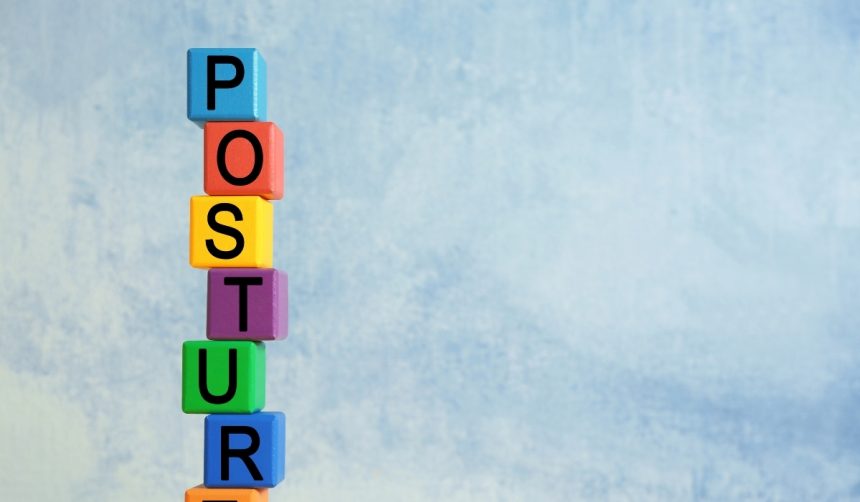Wordle’s August 9, 2025 edition drew attention for its choice of the word ‘NASAL,’ providing a challenge for enthusiasts who enjoy unraveling five-letter puzzles each morning. The popular daily word game, currently overseen by The New York Times, has continued to engage players worldwide with its simple yet addictive format. Many users expressed on social media that the word tested their vocabulary, especially as clues emphasized the theme of being “nosey.” As word games evolve into a central part of online culture, Wordle’s ability to keep participants guessing remains part of its broad appeal.
Recent coverage shows that Wordle’s word selections have varied between common and slightly obscure terms, with some complaints surfacing when answers repeat or when the solution feels too esoteric. The transition to The New York Times brought worries about increased difficulty, but reviews and user feedback indicate the puzzles remain accessible to most, as seen with similar answers from previous weeks like ‘STORK’ and ‘IMBUE.’ Past articles also noted an uptick in player strategies, such as tracking frequency of vowels and recurring letters, reflecting ongoing discussions among fans about the game’s challenge and fairness.
What clues were provided to guide today’s players?
Hints given to the community offered a gradual pathway toward the answer, starting with broad suggestions about the word’s meaning and structure. For this puzzle, clues highlighted curiosity with descriptors such as “nosey,” and specific tips, like the word starting with “N” and containing one repeated letter, were shared. Statements indicated that the solution contained only a single vowel, aimed at narrowing options for participants seeking an educated guess.
How does the puzzle structure impact strategy?
With six attempts to solve each five-letter word, Wordle encourages players to experiment with opening guesses that include common letters and varied vowel placements. The presence of only one vowel and a repeated consonant in ‘NASAL’ prompted strategists to approach the puzzle methodically. The suggestion to use starting words such as “SLATE,” “CHIME,” or “REACT” continues to circulate among regular players to improve early letter discovery.
“There’s no time limit to worry about, and some letters might be used more than once,” the New York Times noted regarding gameplay rules.
Has difficulty increased after the New York Times acquisition?
Despite concerns following Wordle’s acquisition, representatives claim the challenge has not significantly increased. Regular editorial efforts ensure that a balance of accessible and challenging words is maintained to sustain player interest. “The daily answers, edited by Tracy Bennett, are still a good mix of common terms and tougher challenges,” the company has stated.
“Wordle is not getting harder!” a spokesperson commented in response to user speculation.
Wordle remains widely discussed in online communities, with word lists helping players anticipate possible future answers and share strategies. The game’s popularity also led to a surge in comparable daily puzzles, some featuring stricter rules or time limits to appeal to those craving greater difficulty. For players, the key remains attention to clues and understanding letter patterns. Observing trends, such as letter repetition or vowel placement, often allows for improved performance, regardless of shifting difficulty perceptions. Newcomers are encouraged to try varied strategies and pay attention to official hints to steadily improve their results and enjoy the social aspects of Wordle’s global community.
- Wordle’s August 9 answer was ‘NASAL,’ featuring nose-related clues.
- Hints and structure encouraged attention to repeated letters and strategic guesses.
- Difficulty remains steady as selection balances common and tougher words.










